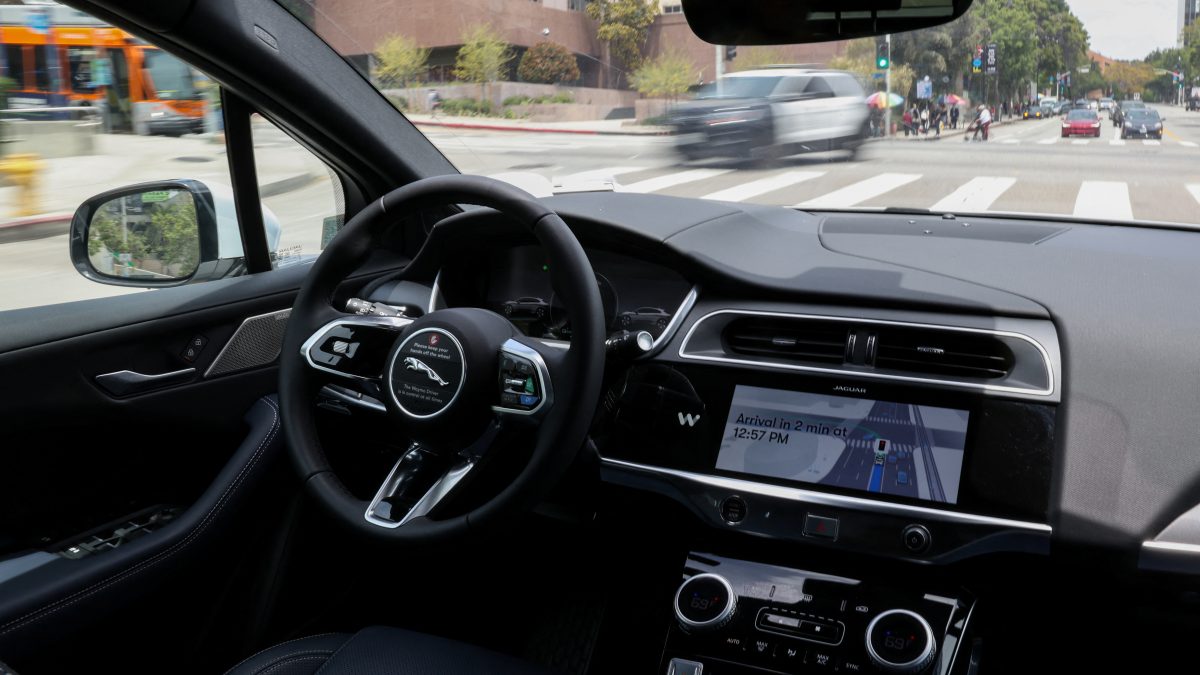Apple is pushing the boundaries of smartphone design with the upcoming iPhone 17 Slim, also referred to as the iPhone 17 Air. This device, rumoured to be just 6mm thick, is set to be one of the thinnest smartphones ever made. However, its ultra-slim profile comes with trade-offs, including the removal of a physical SIM card tray and support for mmWave 5G connectivity.
Apple is doubling down on its eSIM strategy with the iPhone 17 Slim, which will be sold as an eSIM-only device. According to a report by The Information, prototypes of the model lack a SIM tray entirely because the engineers simply can’t fit one into the thin chassis.
eSIM-only future for iPhone
For US users, this is unlikely to cause much disruption. Since the iPhone 14, Apple has been shipping eSIM-only iPhones in the United States, successfully pushing users and carriers to adopt the technology. However, outside the US, many regions still rely heavily on physical SIM cards due to slower eSIM adoption and regulatory barriers.
China, in particular, poses a challenge. The country enforces a real-name registration system for mobile users, and current eSIM systems don’t meet the verification standards required by Chinese regulators. Unless regulations ease or Apple finds a way to incorporate a SIM tray, the iPhone 17 Slim might not be available in China at all.
Apple’s in-house modem loses mmWave
Another big change for the iPhone 17 Slim is the expected inclusion of Apple’s custom 5G modem, codenamed Sinope, which will replace Qualcomm’s version. This smaller, power-efficient modem suits the Slim’s compact design and could allow for a smaller battery. However, early reports suggest that Apple’s modem may not match Qualcomm’s for peak speeds or connection reliability.
Adding to the compromise, the iPhone 17 Slim is unlikely to support mmWave 5G, the ultra-fast connectivity standard available in some regions. While it will still connect using sub-6GHz 5G bands, users relying on mmWave for high-bandwidth applications may notice a drop in performance.
Balancing design and functionality
The iPhone 17 Slim’s ultra-thin design undoubtedly sets it apart as a sleek and futuristic device, but the compromises raise questions about functionality. With no physical SIM tray, limited availability in key markets like China, and the absence of mmWave connectivity, Apple appears to be prioritising form over certain aspects of function.
For users who value cutting-edge design over top-tier connectivity or SIM versatility, the iPhone 17 Slim will likely be an exciting option. However, for those in regions where eSIM adoption lags or mmWave is critical, the model’s limitations could prove frustrating. Apple’s gamble on slimness may redefine what a smartphone looks like, but it could also reshape how users interact with their devices.


)

)
)
)
)
)
)
)
)



